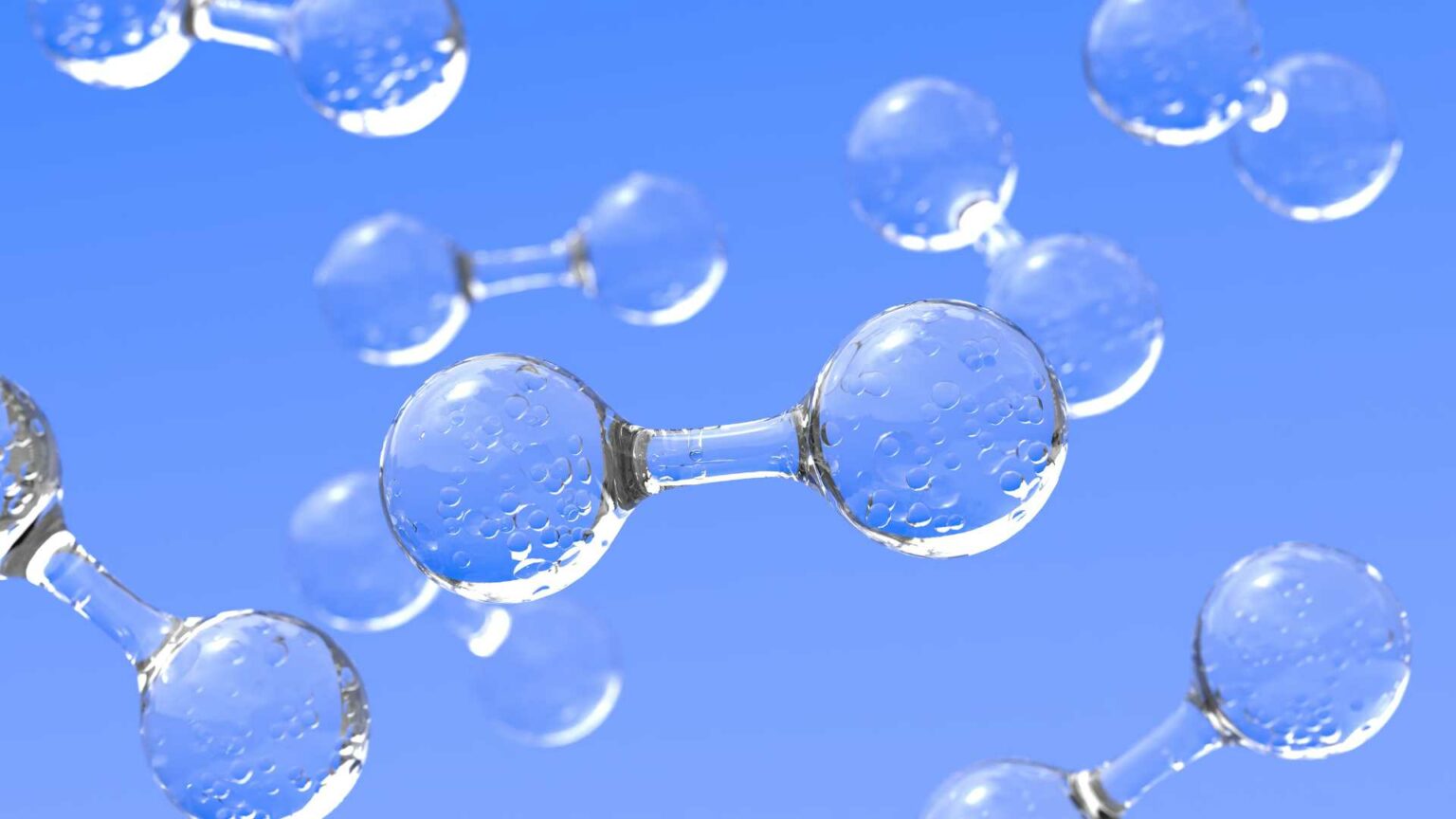TANAKA Holdings is installing a high-capacity stationary pure hydrogen fuel cell system at its Shonan Plant in Japan. Known to be among the largest in private use within the country, the system provides a maximum generating capacity of 500 kilowatts.
This move is part of TANAKA’s Operation Polaris, the company’s roadmap to achieving carbon neutrality by 2050, and a parallel commitment to a minimum 50% reduction of CO2 emissions by 2030. TANAKA’s strategic approach includes enhanced energy efficiency, optimized manufacturing processes, green energy solutions, and further measures towards emission reduction.
The fuel cell system generates electricity via a chemical reaction combining hydrogen and oxygen, a process that inverses the electrolysis of water. The ability to directly use hydrogen for electricity generation, set this system apart from household fuel cells, which extract hydrogen from various sources like city gas. This makes electricity generation highly efficient with zero CO2 emissions. In the instance of a disaster occurrence, these systems can function as backup power sources.
The implementation of this system is projected to power 25% of the Shonan Plant’s electricity needs, possibly slashing CO2 emissions by 1,979 tons yearly. This significant decrease would fulfill 32% of the plant’s 2030 emission reduction target.
In its pursuit of increased use of hydrogen energy, the company is forming partnerships and joining councils with a shared vision for carbon neutrality.
Key features of the Toshiba’s H2Rex fuel cell system include an overall efficiency of 95%, a design lifespan of approximately 80,000 hours, and autonomous function for blackout continuance. It also boasts an optimal EMS increasing follow-up speed in load-following power generation by five times.
